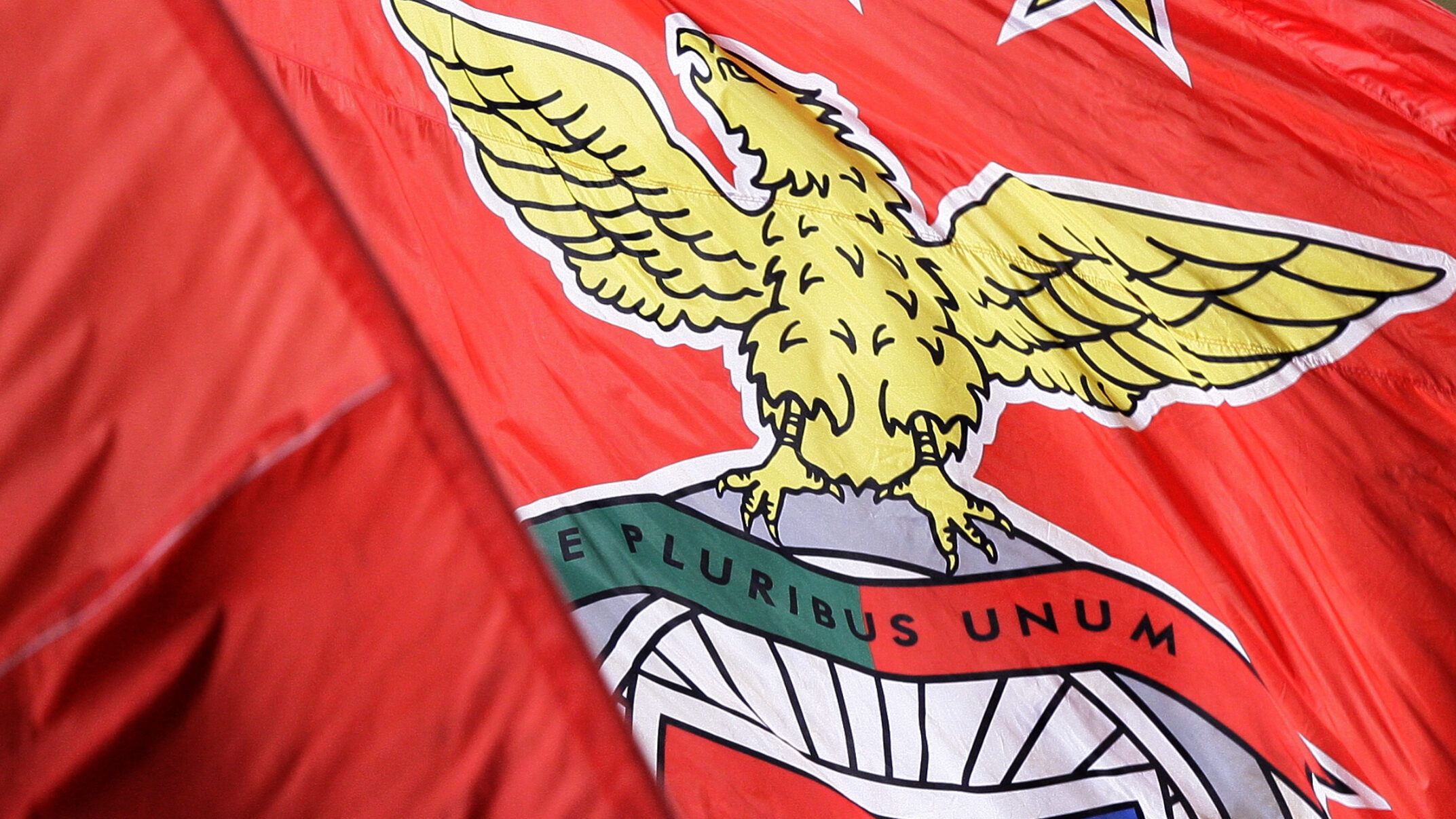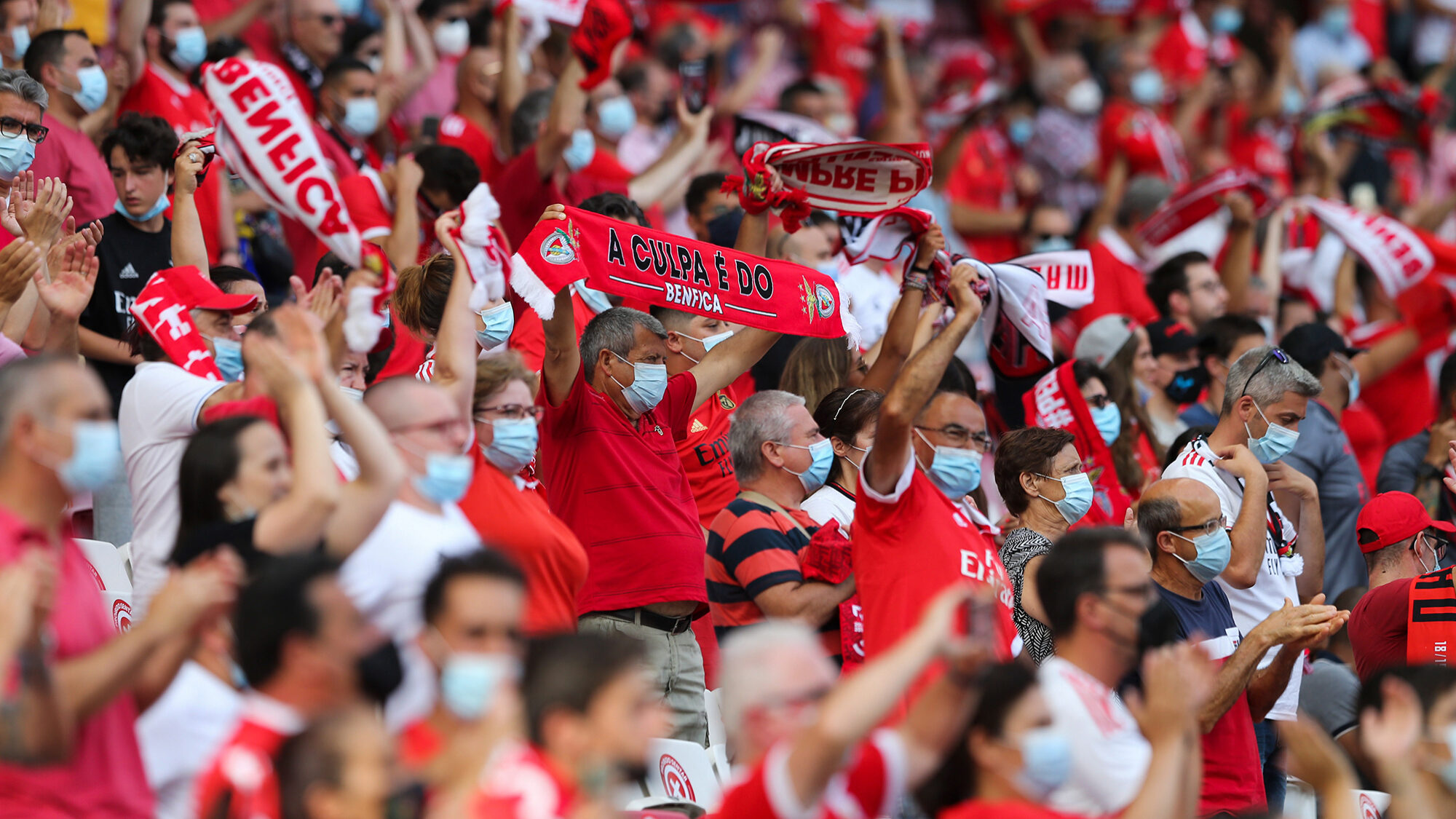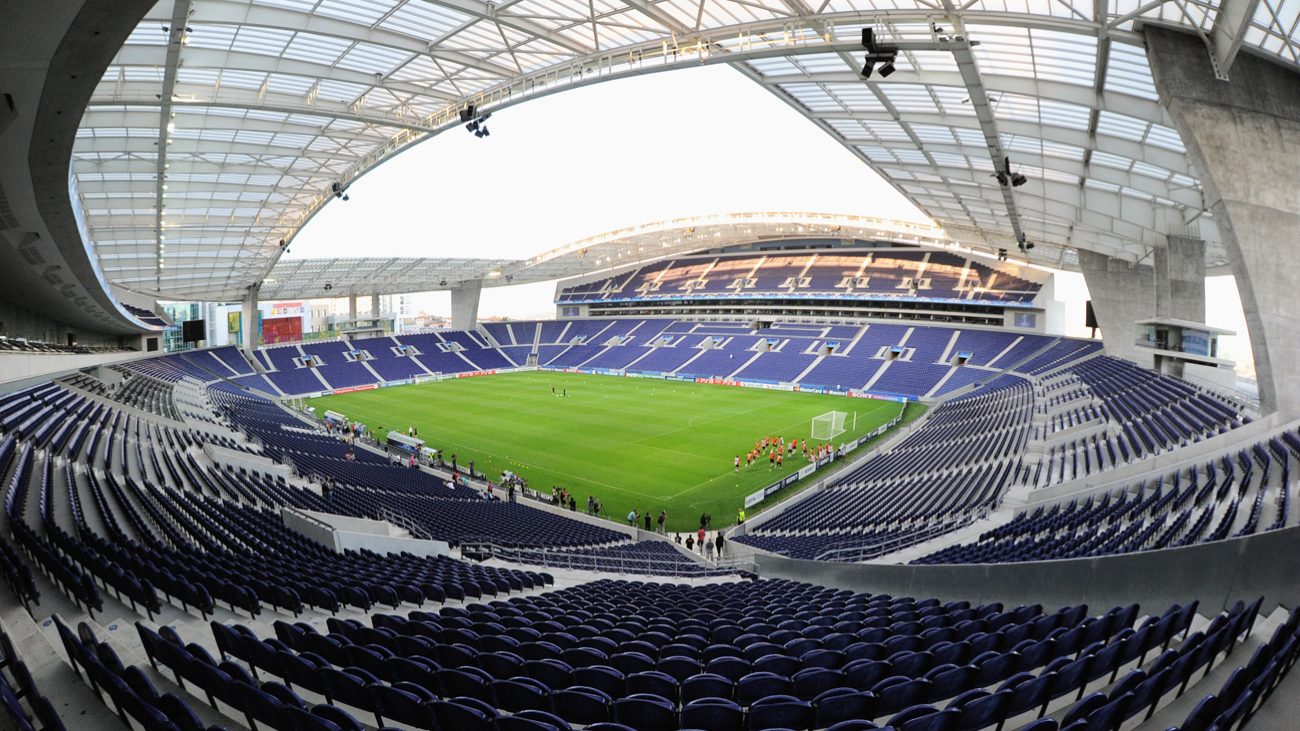A multipurpose arena, swimming pool, theater, shops, and hotels. Benfica’s plan to “revolutionize” the stadium area
The project includes the construction of a multipurpose court, two sports halls, a community pool, a theater, an outdoor soccer field, an athletics track, and commercial and hotel facilities.
Benfica president Rui Costa will present a project called “Benfica District” this Tuesday, which aims to “revolutionize” the entire area surrounding Estádio da Luz. The Lisbon club aims to complete the project in time for the 2030 World Cup, hosted by Portugal, Spain, and Morocco.

The main highlights of this project include the construction of a multipurpose pavilion with capacity for 10,000 people, which will host major sporting events, as well as concerts, cultural events and eSports, with the particularity of becoming the largest infrastructure of this type belonging to a sports club.
Additionally, it plans to build two sports courts with 2,500 and 1,500 seats, respectively, to host games for sports such as basketball, volleyball, handball, roller hockey, futsal, and boxing, among others, replacing the two existing courts and the swimming pool.
At the same time, a 25-meter community pool will be built, as well as a theater and event venue with a capacity of 500 people, an outdoor soccer field, an athletics track, and even commercial, hotel, and residential facilities.
According to the Lisbon club, “it is the most ambitious project planned for the city”, aiming to modernize and reinforce the offer of venues, amenities, and public spaces, across three essential areas: sports, culture, and entertainment.
“This is an ambitious and strategic project, with members, fans, and the club in mind, which we want to begin implementing immediately. We aim to create better conditions in the stadium and across the sports, further projecting Benfica nationally and internationally as the major sporting reference in Portugal, and in time for completion for the major international competitions the country will host”, said Rui Costa, in a statement released by the “Eagles”.
Regarding the Estádio da Luz, the project includes the installation of a new façade with integrated LED lighting to illuminate the architecture on match days, and the addition of a fourth level, outside the stands, for offices, premium hospitality with greater capacity, or other commercial facilities.
New screens inside the venue, above the stands, as well as the new Santiago Bernabéu Stadium, home of Real Madrid, are also visible in the plans presented by Benfica, which advocates for a project based on sustainability.
In the surrounding area, in addition to the proposed new developments, the project includes a plaza in front of the main façade of Estádio da Luz, with capacity for 10,000 people and a DJ booth and event space, surrounded by food outlets, shops, and restaurants. The statue of Eusébio, the club’s most prominent figure, will also be relocated to the plaza’s main entrance.
This plaza will also serve as a gathering space before and after Benfica matches, expanding the existing plaza for members and fans in front of the stadium’s main façade, “inspired by famous civic squares in Lisbon such as Rossio Square”.
The project is in collaboration with Populous, the original design firm for Estádio da Luz, which opened in 2004, and the architectural firm Saraiva + Associados, resulting in “gradual work that has intensified over the last 18 months”.
“The plan is an example of how mixed-use developments, anchored in unique locations, can revitalize an entire territory and become cultural and community landmarks. Estádio da Luz will not only be the home of Benfica’s proud history, but a catalyst for a vibrant and leading future, through the experiences it welcomes and provides for members, fans, and visitors”, explained Tom Jones, senior director and architect of the project, in the same club statement.
If Rui Costa is re-elected as Benfica’s president in this year’s October elections, the project will move forward, with construction expected to take two years, between late 2026/27 and early 2029/30, to be ready to host the 2030 World Cup. According to Diário de Notícias, the cost is expected to exceed 200 million euros.
“This exciting project will modernize the stadium and surrounding area, introducing new amenities throughout the masterplan, benefiting both matchday fans and the community year-round. It will provide a new fan experience and help the club increase revenue, setting a new benchmark in Europe as Portugal prepares for the 2030 World Cup”, said Jorge Betancor, director of Populous, who leads the company’s operations in Portugal.
The project will be presented this Tuesday, starting at 6 pm, at Estádio da Luz, with the presence of Rui Costa, the Minister of Culture, Youth and Sports, Margarida Balseiro Lopes, and the Mayor of Lisbon, Carlos Moedas.



